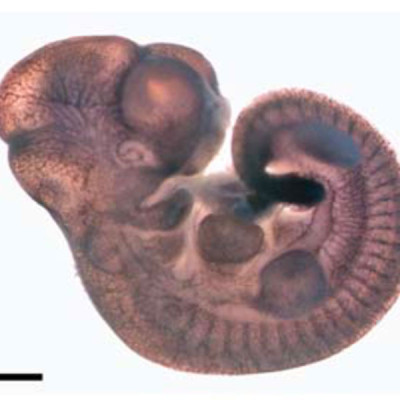Abstract
Adhesion-GPCRs provide essential cell-cell and cell-matrix interactions in development, and have been implicated in inherited human diseases like Usher Syndrome and bilateral frontoparietal polymicrogyria. They are the second largest subfamily of seven-transmembrane spanning proteins in vertebrates, but the function of most of these receptors is still not understood. The orphan Adhesion-GPCR GPR126 has recently been shown to play an essential role in the myelination of peripheral nerves in zebrafish. In parallel, whole-genome association studies have implicated variation at the GPR126 locus as a determinant of body height in the human population. The physiological function of GPR126 in mammals is still unknown. We describe a targeted mutation of GPR126 in the mouse, and show that GPR126 is required for embryonic viability and cardiovascular development.
